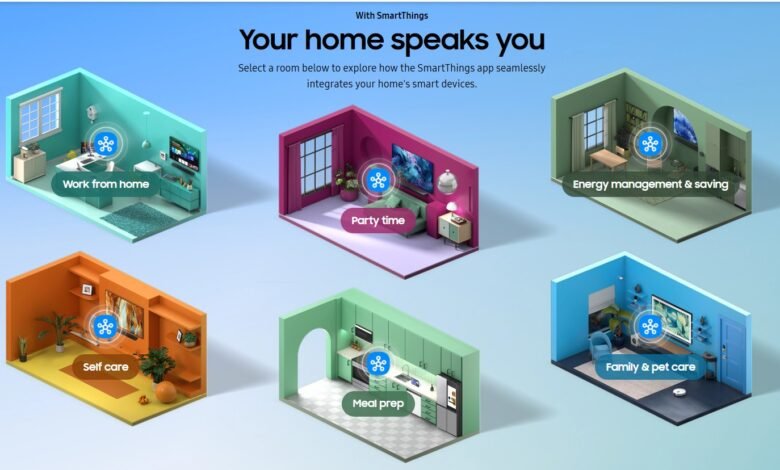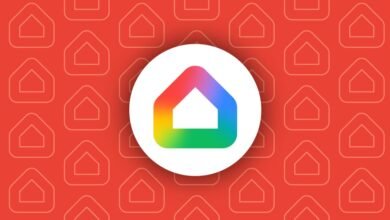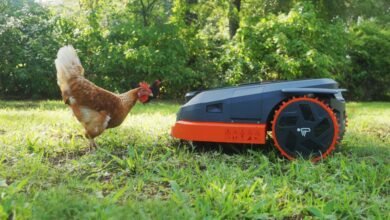SmartThings by Samsung: The Quiet Backbone of Connected Living

▼ Summary
– SmartThings is a robust platform that connects and unifies smart home devices from various brands, not just Samsung products.
– It supports multiple protocols like Zigbee, Z-Wave, and Matter, ensuring broad compatibility and avoiding brand lock-in.
– The platform offers a clean, capable mobile app for controlling devices, creating automations, and monitoring energy usage.
– SmartThings has shifted toward local processing and Edge drivers, improving speed and reliability by reducing cloud dependency.
– It supports the Matter protocol for future-proofing and offers flexible setups for both casual users and power users.
Smart home technology often arrives with fanfare, voice assistants that talk back, doorbells that stream video, thermostats that learn your habits. But beneath the surface of this gadgetry lies a less visible, more essential layer: the platform that connects it all. Samsung’s SmartThings, once a niche hub for hobbyists, has matured into a robust ecosystem that quietly powers many of today’s most functional smart homes.
A Platform, Not Just a Product
SmartThings isn’t a device, it’s a framework. Originally launched as a Kickstarter project in 2012 and acquired by Samsung two years later, SmartThings has evolved from a physical hub into a cloud-based service that supports a wide range of protocols, including Zigbee, Z-Wave, and Matter. That means it can communicate with devices from dozens of manufacturers, not just Samsung.
This cross-brand compatibility is one of SmartThings’ defining strengths. Users can link products from Philips Hue, Yale, Ring, Ecobee, and others, creating a unified experience without being locked into a single brand’s ecosystem.
The App That Orchestrates It All
The SmartThings mobile app serves as the control center. It’s cleanly designed, responsive, and surprisingly capable. Users can group devices by room, create automations based on time, location, or sensor input, and monitor energy usage through SmartThings Energy.
One standout feature is SmartThings Find, which helps users locate misplaced Galaxy devices, or anything tagged with a SmartThings-compatible tracker. It’s a practical addition that extends the platform’s utility beyond the home.
Local Processing and Edge Drivers
SmartThings has recently shifted toward local automation, reducing reliance on cloud servers. This means faster response times and improved reliability, especially when internet connectivity is spotty. The introduction of Edge drivers, software that runs directly on the hub, marks a technical pivot that benefits both developers and end users.
For those who’ve experienced delays or failures in cloud-based automations, this move is more than a technical tweak. It’s a meaningful improvement in how smart homes operate day to day.
Matter Support and Future-Proofing
The Matter protocol, backed by major players like Apple, Google, Amazon, and Samsung, promises to simplify smart home compatibility. SmartThings already supports Matter, positioning it as a future-ready platform.
This matters for consumers who want to invest in devices without worrying about long-term compatibility. It also signals Samsung’s commitment to open standards, a notable stance in a market often dominated by proprietary systems.
Real-World Use: Beyond the Hype
SmartThings isn’t flashy. It doesn’t have the marketing muscle of Alexa or the cult following of HomeKit. But it works. A homeowner can set up automations like “Turn off all lights when I leave” or “Send me a notification if motion is detected after 10 p.m.” without writing a single line of code.
For renters, the app-only setup (no hub required) offers a low-barrier entry into smart living. For power users, the optional hub unlocks advanced capabilities. It’s flexible without being complicated.
Why It Deserves More Attention
SmartThings doesn’t dominate headlines, but it quietly powers millions of homes. Its strength lies in its adaptability, whether you’re starting with a single smart bulb or managing a full suite of connected devices.
For tech-savvy readers, SmartThings offers a practical, scalable solution. It’s not trying to be everything. It’s trying to be useful. And in the fragmented world of smart home tech, that’s a rare and valuable approach.





